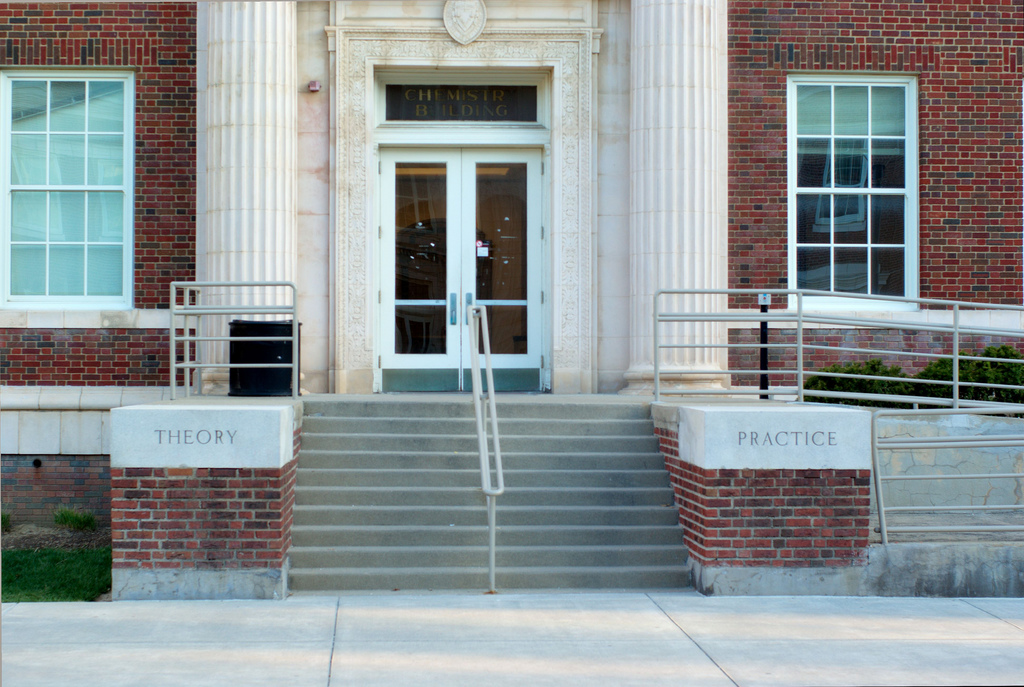The second semester of the first year of medical school, here and at schools across the country, represents a time when first-year students take charge of interest groups and community projects. Not long ago, we were all inexperienced newcomers to our respective schools. But now, we have since taken over the reins of all of the pre-clinical year activities from the second-year students, as they each burrow away to prepare for the ominous Step 1 exam.
Sandwiched neatly between loading up my resumé for medical school applications, and loading up my resumé for residency applications, the outright requirement to have a curriculum vitae that is robust and full of interesting community service activities weighs heavily on my extra-curricular activity decision-making. Burned into my psyche from the competitive nature of the pre-med undergraduate lifestyle is the relentless worry of “Am I doing enough?”, subsequently followed by a persistent voice inside my head insisting “More! More! More!”
The most logical course of action appears to be for every student to: ace every class, have your name in several publications, and participate in as many interesting-sounding community service projects as possible in your time as a medical student. With the latter segment of this strategy, we accomplish the double-sided advantage over our competing residency applicants by demonstrating our efficacy as providers, in addition to proving that we aren’t self-centered egomaniacs. Maybe an application officer will find one of our activities particularly interesting, which then might lead to an extended and hopefully memorable conversation.
For most of us students, medical school is the first position of real responsibility that we have over the wellbeing of others in our local communities. We certainly don’t expect this time to be our last; as future physicians we all have at some point demonstrated a desire to perform acts of altruism for those in need. The shocking turn of events is that the general public endows a great deal of trust in us once we don our white coats, even coats that clearly state our amateur, student status.
We find ourselves at risk of a costly combination of a position of real power and responsibility matched with misguided effort and enthusiasm. If one’s goal is simply to maximize their free time with an array of activities they only half-heartedly care about, then there is a more than likely chance of some level of harm being done. Even if no actual clinical mistakes are made, or no false information is distributed, there likely exists a missed opportunity. Rather than take the time and effort to create significantly improved health outcomes for a community in need, which requires full engagement and innovation, a tepid enthusiasm for the project at hand is more probable to leave a population at its status quo.
Let’s all pledge to choose quality over quantity. Let’s create and collaborate on projects that will actually matter. If chosen correctly, these opportunities for us as students will be the first steps towards making the remarkable impacts on the lives around us that we all aim to achieve. Collectively, let’s worry less about how we appear on paper and more about the people we intend to serve.
Featured image:
Theory and Practice by Carl Mueller

